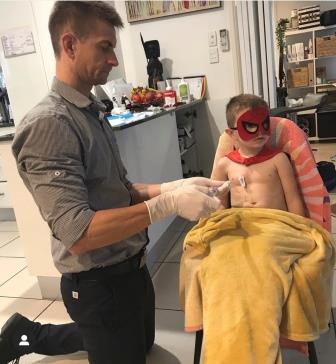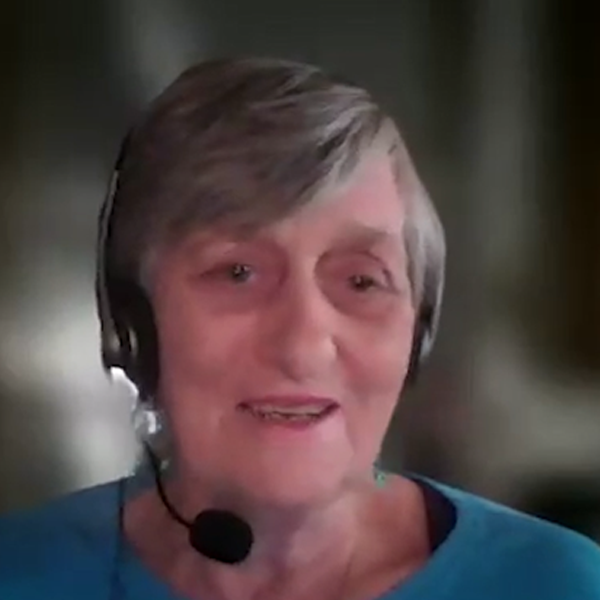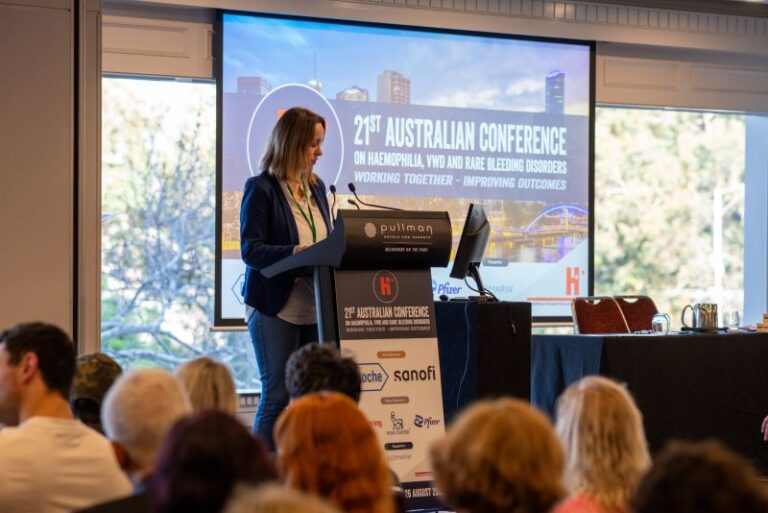Ben and Kylie have a son, Ryder aged 4 with severe haemophilia A.
Being the father of a small boy with severe haemophilia is full of challenges. For Ben this has involved a big learning curve, but this is a role he has taken on gladly.

How do you prepare mentally for the possibility that your unborn baby might have haemophilia?
“Kylie has a family history of haemophilia, so early in the pregnancy we had testing for the sex of our baby. When we found out it was a boy, Kylie and I talked and decided to plan as if he would have haemophilia. This had lots of positives for us and I set about learning and reading more on haemophilia so that I didn’t have to catch up fast if he was diagnosed when he was born. I won’t lie that I was a bit disappointed when he was born that our luck hadn’t been different, but this was quickly displaced with the joy and thankfulness that he was perfectly healthy in every other way.”
Treatment for haemophilia is infused (injected) through a vein – no easy feat in a tiny child. Ryder had a small device called a port-a-cath implanted surgically under his skin to make the infusions easier. Thinking through how to manage his treatments called on all of Ben’s inventiveness as a parent.
“Treating Ryder has not always been easy. We have always made a point of never skipping any of his treatments no matter how hard it was for him to understand or like what was going on. We made him his own factor kits for him to practice giving factor to his teddies (we removed the needle from the grippers), we had toys or noisy forms of distractions in the first two years of treating him, now he is generally comfortable watching one of his favourite shows on TV while we do it. We also have a small Factor treat bag with small inexpensive toys or a new book, puzzles etc – he gets to choose one after his treatment.”
Encouraging him to explore his world and grow up as a normal little boy was also important.
“Boys will be boys so keeping him cotton-balled was never something we wanted to do. I’m glad that by letting him do certain things, his eye-hand co-ordination, reflexes, agility and spatial awareness are very good and less hard knocks that cause more significant bruising or potential bleeds occurred.”
“My advice to parents, is to be patient and make sure that you also look after your partner/wife and other family members – they are going through this with you. It’s not easy. Reach out for someone to talk to when you need, but make sure you are strong for your child’s sake – show them confidence even if you aren’t feeling confident.”


